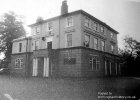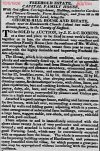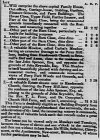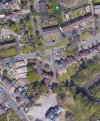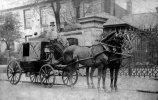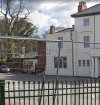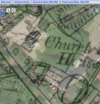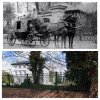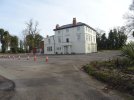Thanks Judy, a great photo. This is my interpretation of the photo.
I’ve looked at the layered map on the National Library of Scotland maps site and the modern superimposed view shows that Church Hill House/Endwood was altered and reduced at some point on the SW side on Hamstead Road. Therefore I think the photo was taken on Hamstead Road, the gateway probably being near the point where the new wall is - as discussed earlier. This would have been close to the Lamp Tavern. I did wonder before if the wall was built in two parts - you can see a lower and upper course. In the carriage photo there are railings on top of the lower level.
View attachment 177346
View attachment 177347
The doorways which appear on the side of the house (which are very odd!) must be something to do with the demolished adjoining building.
The carriage looks like a Landau with collapsible hoods back and front. It’s drawn by two horses, (Someone please correct me if I’m wrong). There would have been plenty of space for the carriage and horses at Church Hill House as we know from the property for sale advert in post #17. The Landau would have been a real status symbol. There’s no certainty the carriage belonged to Church Hill but I think it’s highly likely it did. The date of the photo must be mid-late 19th century. Maybe someone can narrow that date down by looking at the carriage.
Viv.




